Easy Bag Making With This DIY Circle Purse Tutorial

This post may contain affiliate links for products I love and recommend.
It’s safe to say that the circle purse trend is here to stay. I’m not going to lie, I’m pretty excited about it. The unique shape and minimalist design are just as versatile as a boxy bag, but look far more stylish and unique. Today, I’m going to break down bag making in a whole new way and created this easy circular purse design for you!
The best part? This project comes with a brand new printable sewing pattern for you!
In today’s tutorial, we’re going to cover working with thick fabrics like faux suede, leather, and vinyl. We’re also going to cover every step in putting this design together!
When you are done with this new circle bag design, you’ll have an adorable purse you can use every day and some new skills you can keep in your back pocket.
I have absolutely loved using this new pattern!
The new circle purse comes with two exterior pockets that are spacious enough to hold the largest iphone, recipets, and even a small wallet. The inside contains one large storage compartment large enough for everything else you’ll need during the day.
5 Tips On Working With Leather/ Faux Leather Fabrics
- Use a Walking Foot. If you are sewing leather and faux leather with an at-home sewing machine, a walking foot is going to make the process of gliding thick fabric through much easier because it has an extra pair of feed dogs to feed the fabric through equally. Using a standard presser foot will pull and stretch your fabric.
- Bonded Nylon/ Heavy Duty Thread will reduce friction and slide through your sewing machine easier than polyester or all-purpose thread, making it perfect for sewing leather and faux leather fabrics. Cotton thread will erode over time because of the tannins in the leather so should always be avoided.
- Use A Leather Needle. Leather sewing needles are thicker and stronger than others and will make completing your project significantly easier.
- Widen Your Stitch Length to about 3.5 or similiar. Since leather does not have a weave, shorter stitch lengths actually have the ability of putting holes (and eventualy tears) in your fabric. With faux leather and other thick fabrics, a wider stitch length makes the project more stable and is easier on your sewing machine. Just be sure the stitch length is not as wide as your basting stitch.
- When Possible, Tape Instead of Pinning Leather. Needle holes in authentic leather can cause permanent holes. To prevent ugly marks in your project, use Fabric Tape to hold pattern pieces together. In today’s tutorial, I’ll be working with a quality Faux Leather Fabric so I willbe using sewing pins but staying within the seam allowance when pinning.
Bag Making Supplies
Bag Making Tutorial: How To Make A Circle Purse
Before we can begin, get the instant download for this circle purse on my sister-site, ModernSewingPatterns.com
When you place an order, you’ll immediatly recieve an email with your printable pattern and a copy of these instructions for reference. Just print out the pdf pattern, tape it together and we can get started. I have more detailed information on printing out pdf sewing patterns and how to assemble it correctly in the instructional video at the bottom of this page.
Once you paper pattern is assembled, it’s time to print it out on fabric. For today’s example, I’ll be using faux leather but the tips on working with thick fabrics all still apply.
Widen your stitch length to 3.5 and fold the top edge of your pocket pieces under and use a standard straight stitch to hem.
When using vinyl, leather, or faux leather fabrics, it can be helpful to use a walking foot or plastic foot so it slides better.
Take one Purse Top pattern piece and lay it over the ribbon of your purse zipper. Sew into place.
Then, fold your seam allowance toward your fabric and topstitch at 1/4” seam allowance to finish.
Repeat on the other side to create a zipper that easily slides.
Place the raw edge of your zippered piece against the long edge of your Purse Side and pin and sew into place.
Repeat on the other side.
Fold the seam allowance towards the Purse Sides and topstitch at 1/4″ to secure in place.
Place the Purse Pockets over the Purse Body and pin into place.
Use the longest stitch-length on your sewing machine to baste the pieces together at 1/4″ seam allowance.
Now it’s time to create the Purse Handle Loops that we can attach the strap to. Take one Purse Handle Loop and fold the long edge towards the center foldline. Topstitch 1/4″ from the edge to secure in place before repeating on the other side.
To attach it to the Purse Side, fold the loop in half and then trim one edge 1/2″ and tuck the long edge underneith. This creates a finished, folded egde when it’s sewn in place.
To sew in place, sew a small square around the base of your Purse Handle Loop as pictured.
Now it’s time to attach the Purse Body to the Purse Side. To allow for design and ease and make sewing the circle easier, use several sewing pins or fabric tape and secure at every inch. When sewing, place the Purse Side down so your sewing machine’s feed dogs can also help ease the fabric and prevent tucks and gathers.
Once the pieces are sewn together, clip tiny triangular notches into the seam allowance. Be sure not to clip your thread! If this happpens, just re-sew that small piece. The small notches will allow your fabric to fall nicely when your bag is turned right-side out.
Finally, topstitch 1/4″ from the seam line around the Purse Body To hold your seam allowance down.
Repeat on the other side.
Now that the body of your purse is complete, it’s time to create the purse handle. Take the Purse Handle and fold the long edge towards the center foldline. Stitch 1/4″ from the edge to secure in place before folding and repeating on the other side.
Last, slide one end through your Push Gate Lobster Clasps Hooks and fold the raw edge under just enough to be easy to hold in place for sewing. Stitch 1/4″ from the foldline and then again 1/2″ from the foldline to create a secure, finished Purse Strap.
Use the lobster clasps to attach the Purse Handle to the Purse Handle Loops.
Now is the fun part!
You get to stuff your new circle purse with everything you need and wear it. I love the small but useful design and hope you will too!
Just in case you missed it, you can download this printable sewing pattern by clicking here to get started on this bag making tutorial.
If this is your first bag making project, I hope it was helpful and easy to follow along. If you had any questions, I created a sew-along video that will hopefully answer them.
Other Bag Making Tutorials You May Like
Enjoyed the project?
The author may collect a small share of sales from the links on this page.

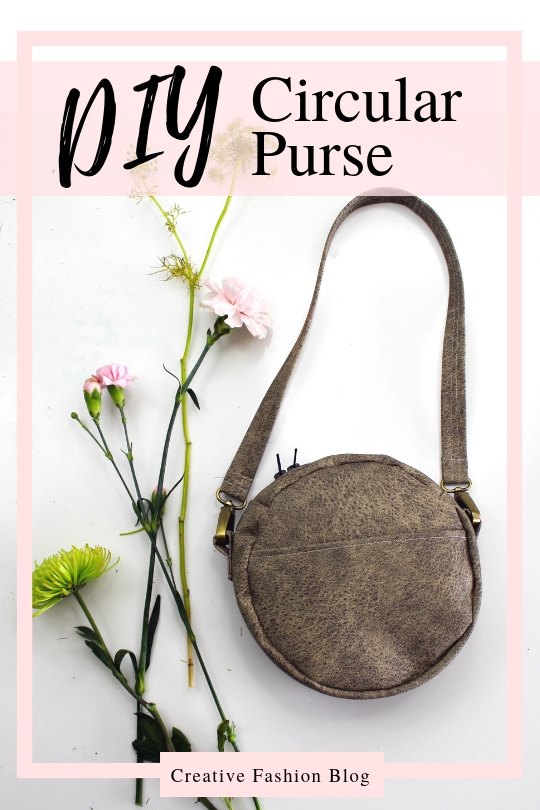

















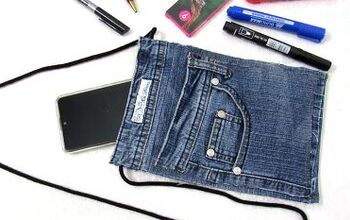
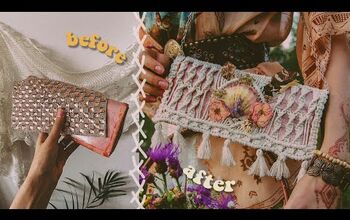
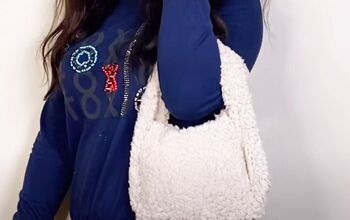
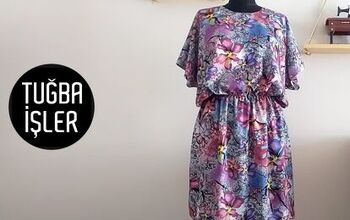
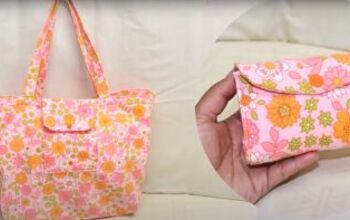




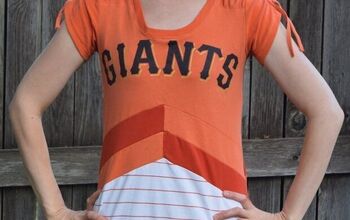



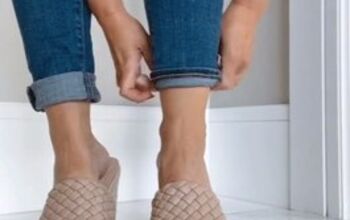
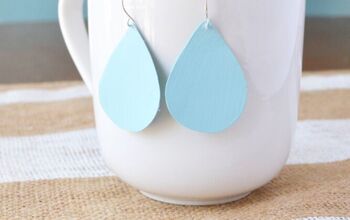
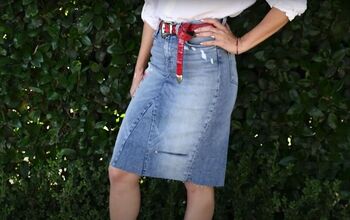
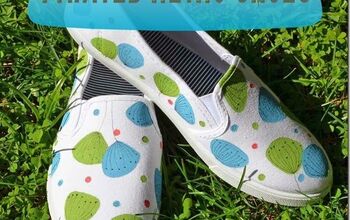
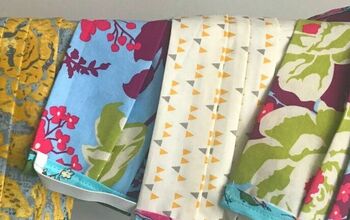
Comments
Join the conversation